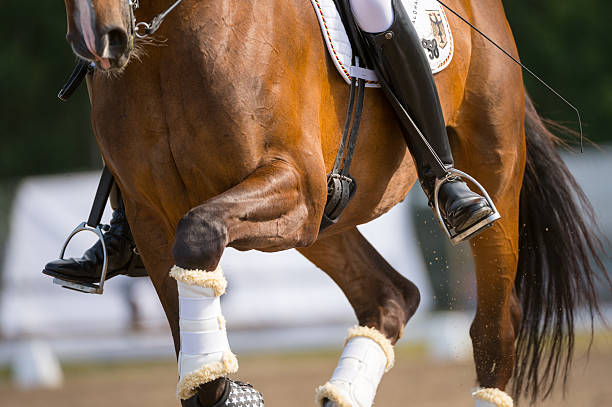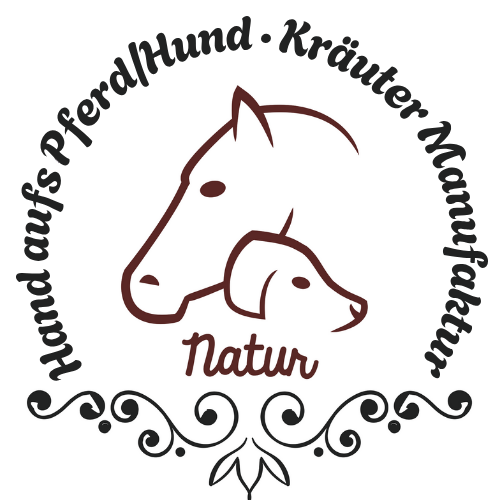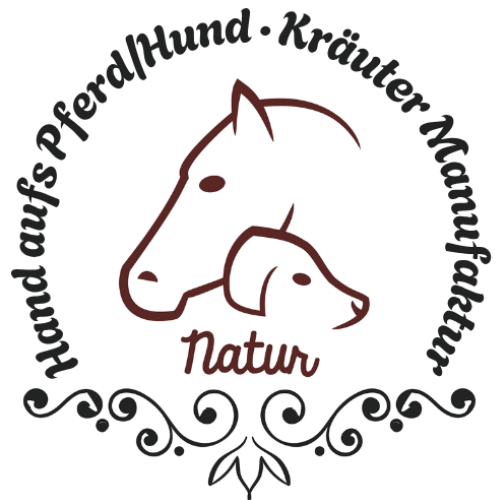
Carpal joint blocked in horse
Carpal joint blocked in horse
The carpal joint of a horse, often called the "carpal joint," is the joint that is also known colloquially as the "horse's knee." However, it is not located in the leg, as in humans, but in the front part of the horse's foreleg, between the forearm (long bones) and the metacarpal bones.
Anatomical features of the carpal joint:
The carpal joint is composed of several smaller joints that together form a functional unit. These include:
- Radiocarpal joint : It is the joint between the radius and the proximal carpal bones.
- Intercarpal joint : This joint is located between the rows of carpal bones.
- Carpometacarpal joint : It connects the distal carpal bones with the metacarpal bones (metacarpal bones).
Function of the carpal joint:
The carpal joint is responsible for transferring the horse's movement and weight from the bones of the forearm to the forelegs. It allows for flexion (bending) and extension (stretching), as well as limited medial and lateral movement. Due to its complex structure and high stress on the joint, it is prone to injury and diseases such as arthritis.
Significance for the movement:
The health of the carpal joint is crucial to a horse's well-being, as it is a major weight-bearing joint that is heavily stressed in almost all movements, especially running and jumping. Stability and flexibility of this joint are therefore of utmost importance for the horse's performance.
Meaning of a blocked carpal joint
Blockages in the carpal joint in horses indicate a restricted movement or dysfunction within the joint. Such blockages can have various causes and manifest themselves in a variety of symptoms. They are often the result of acute injuries, chronic overload, or other joint diseases.
Causes of blockages in the carpal joint:
- Traumatic injuries: Bumps, blows, or falls can cause bruises, strains, or damage to the carpal joints.
- Overload: Frequently repetitive movements, such as those that occur during training or competition, can lead to overload injuries.
- Arthritic changes: Degenerative processes in the joint can lead to pain and restricted movement.
- Malpositions: Congenital or over-developing malpositions of the limbs can lead to uneven loading and, as a result, blockages.
Symptoms of blockages in the carpal joint:
- Lameness: The most common symptom of a blockage is a noticeable change in gait or lameness.
- Swelling and heat: Inflammation in the joint area can lead to visible swelling and an increased temperature over the affected area.
- Limited joint mobility: The horse may have difficulty bending or extending the joint.
- Pain reaction: Horses with blockages in the carpal joint often show pain reactions when the joint is touched or stressed.
- Changed behavior: Pain can lead to changes in behavior, such as reluctance to ride or increased irritability.
A forward blocked carpal joint in the horse
This means that the joint's mobility is restricted and normal forward extension is inhibited. This can be a temporary dysfunction or a more permanent condition. Such a blockage leads to altered biomechanics of the leg and can cause pain.
Symptoms of a forward blockage:
- Limited mobility: The horse cannot fully extend the affected leg.
- Gait changes: The stride length may be shortened; the horse may be hesitant to bear weight on the leg.
- Pain reactions: The horse may react sensitively to palpation or movement.
- Lameness: Usually, this
Causes:
- Mechanical overload: Fast movements, sudden stops or changes in direction can lead to a blockage.
- Falls or slips: Trauma from falls can lead to damage to the carpal joint.
- Degenerative joint diseases: Osteoarthritis can lead to restricted mobility.
- Inflammatory processes: Inflammation of the joint or surrounding soft tissue can limit joint mobility.
A blocked carpal joint in the horse
is a dysfunction in which the joint is restricted in its mobility and normal backward flexion is impeded. Unlike forward locking, which affects extension, the horse has difficulty bending the knee properly.
Symptoms of a backward blockage:
- Limited flexion: The joint cannot be bent fully or can only be bent with pain.
- Altered gait: The horse cannot lift the leg sufficiently while suspended and may exhibit a dragging or stamping movement.
- Lameness: The horse shows significant lameness, often recognizable by an uneven or altered gait.
- Avoiding strain: The horse can try to relieve the affected leg by shifting more weight to other legs.
- Pain reaction: The horse may react to pressure or touch in the area of the carpal joint with signs of pain.
Causes of a backward blockage:
- Overuse injuries: Severe strain or repeated microtrauma can lead to dysfunction.
- Acute injuries: Direct impacts such as blows or twisting the joint can cause a blockage.
- Chronic joint diseases: Arthritic changes with progressive degeneration of the articular cartilage can lead to restricted movement.
- Inflammatory diseases: Inflammation in the joint or surrounding structures can lead to swelling and restricted movement.
Diagnosis and treatment:
To diagnose a carpal joint blockage, a veterinary examination is required. This may include a clinical examination, imaging techniques such as X-rays or ultrasound, and, if necessary, arthroscopy.
Treatment depends on the specific cause and severity of the blockage and may include:
- Rest and relief: To reduce inflammatory reactions and promote healing.
- Drug therapy: Anti-inflammatory and pain-relieving drugs (NSAIDs) are commonly used.
- Physiotherapy: Physiotherapeutic measures, including targeted exercises, can help restore mobility to the joint and relieve tension.
- Chiropractic treatment: A veterinarian or therapist trained in equine chiropractic can use manual techniques to release blockages and improve mobility.
- Acupuncture: This alternative treatment method can be used to relieve pain and relax muscles.
- Intra-articular therapies: Injections of hyaluronic acid, corticosteroids, or other active ingredients directly into the joint can be useful to reduce inflammation and improve joint function.
- Correction of hoof and leg alignment: Adjusting the shoeing or barefoot care can help correct misalignments and the resulting strain on the carpal joint.
During treatment, the healing process should be monitored through regular follow-up visits by a veterinarian to adjust the treatment plan if necessary.
Long-term management and prevention:
After the acute symptoms of a blockage have subsided, it is important to develop an appropriate management plan to prevent recurrence. This may include:
- Adapted training : A balanced training program tailored to the horse's individual needs can help avoid overload.
- Adequate recovery time: Horses need sufficient time between training sessions to reduce muscle soreness and heal tissue damage.
- Nutritional management: A balanced diet with sufficient nutrients for the joints.
- Housing optimization: Good stable and pasture conditions contribute to the horse's overall health and reduce the risk of joint diseases.
Timely treatment and a well-designed aftercare program are crucial to restore the horse to full performance and maintain long-term health.
Protection and care:
Appropriate training, adequate warm-up and cool-down phases, and the avoidance of excessive strain are essential measures for protecting the carpal joint. In the case of existing joint diseases or for prevention, supportive bandages or gaiters and Supplementary feed be used.
In summary, the carpal joint in horses is an essential joint for locomotion and weight bearing and requires special attention both in care and in the assessment of lameness or performance problems.
We recommend our nutritional Tendon herbs for horses walking pleasure
Source: Martina Hemm August 2025

